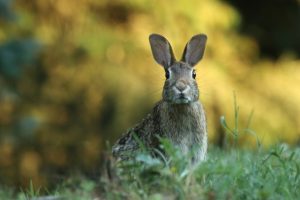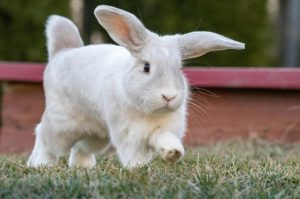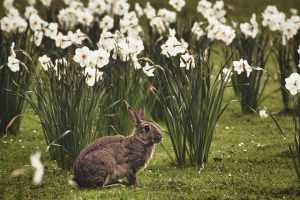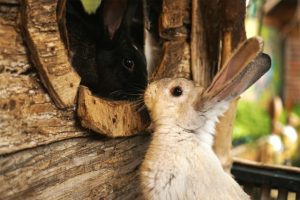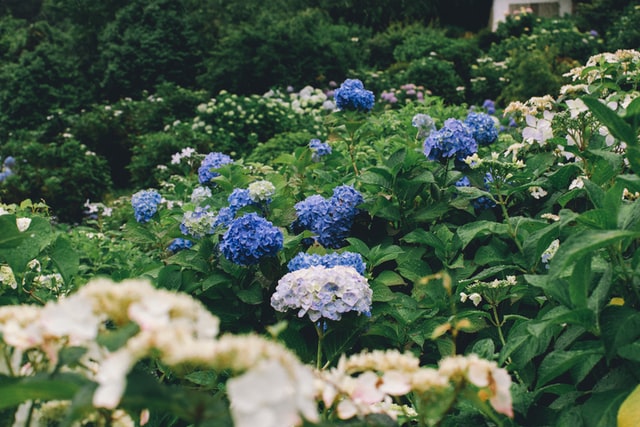
Rabbits like many other outdoor animals like to nibble on everything. Sometimes they just instinctively know that it is not something they should eat. Other times, they may just throw caution to the wind and eat the plant because they are hungry.
Contents
We know the foods that Rabbits are not supposed to eat. These include asparagus, leeks and onions, potatoes, rhubarb, tomatoes and squash. These are the vegetables to keep your rabbit away from.
There are certain types of flowers and herbs that you should avoid letting your bunny rabbit around. These can be potentially harmful, and possibly fatal to a rabbit.
These include Geraniums, Wax Begonias, cleomes and vincas.
The herbs that could be dangerous include basil, tarragon, mint and parsley.
Hydrangeas
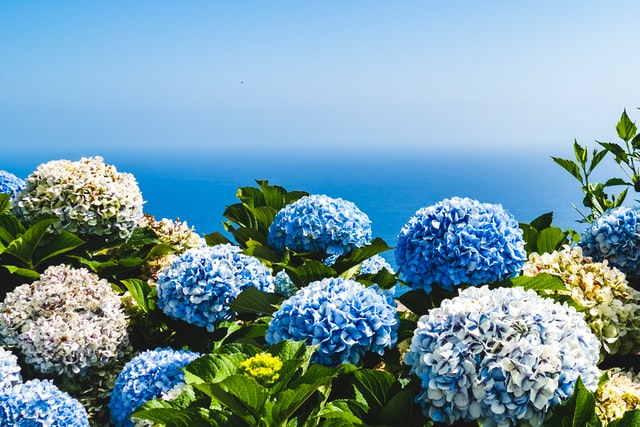
Hydrangeas are woody shrubs that can live for two or more years. A woody shrub is a plant that has sturdy, hard stems. A woody shrub will also have buds that survive outdoors over the winter period.
Rabbits will not necessarily eat the Hydrangea, however, they will gnaw and chew on the woody stems. This can seriously cause a lot of damage to the plant. They will gnaw on the woody stems during the wintertime.
Rabbits do have an appetite that varies with the different growing periods. Although it has been shown that a rabbit will avoid plants that are hairy, spicy, bitter, rough and toxic. Be warned, that this is not always the case. Rabbits are also inquisitive and curious.
You may need to consider a method of preventing the rabbits from reaching your Hydrangeas. Keep in mind, that if the year is a difficult year for an animal to find food, they will eat just about anything, even if it is poisonous.
Protecting Your Rabbit
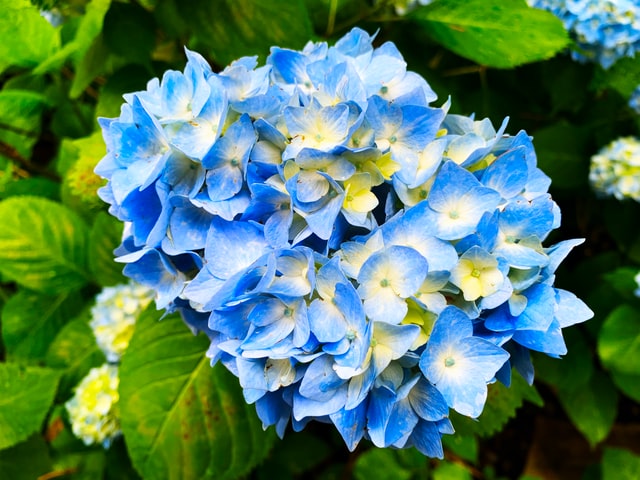
It is your job as a rabbit owner to protect the rabbit from the temptations of gnawing on the Hydrangea. Experts give many different ideas as to what to use. Before you decide to utilize any of the options, be sure that any other pets do not go near the bushes or shrubs. It may be an inadvertent mishap, but some protection to keep the rabbits away may be harmful to other animals.
Precautions
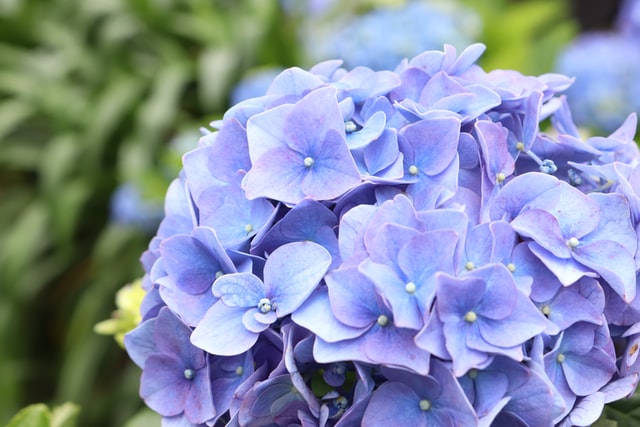
Rabbits and some other animals are put off by aromatic plants. They also do not like prickly plants, tough leaves or plants with a milky sap to them. You can make additions to your flower garden by placing these types of plants near the hydrangeas.
New or baby plants are more susceptible to rabbits. You can use fencing around the new plants, milk jugs placed around the stems or go to an animal store and find a repellent to keep the rabbits away from those plants. Obviously, you do not want to use any type of repellent that is going to hurt your rabbit, so read labels carefully.
One of the easiest and safest manners in which to keep your rabbit or rabbits away from the hydrangeas is to put fencing up. For a rabbit, the fencing needs to be at least three feet high.
There are repellents such as putrescent egg solids, this repellent is called a liquid fence. Apparently, your rabbit will take one sniff and turn away and leave. The issue with this is you or anyone else in your yard may smell the terrible odour also.
There are many people who have a love for rabbits and also love Hydrangeas. There are some simple methods that will protect both your Hydrangea and more importantly your rabbit.
Rabbits have an excellent nose and sniffing ability. You can sprinkle plain talcum powder on and around the Hydrangea. It is also possible that powdered red pepper will keep not just rabbits away, but many insects also.
Rabbits do not like the soap Irish Spring, when you shave the soap and place it in small drawstring bags, then place them randomly around the flower bed or garden, the rabbits will stay out of the area.
Other natural items in your house that should help keep your rabbits out of the garden areas include coffee grounds, crumbled eggshells and also banana peels. It has been said that sprinkling ground black pepper around the plants will also keep the rabbit away and safe from eating those plants that it should not eat. It is just as likely that white pepper will prevent the rabbit from getting too close to the plant or taking a nibble off the Hydrangea.
You are better off using natural ingredients or items that can prevent your rabbit from getting too close and taking that chance that your lovely little furry friend tries to eat a plant that he should not eat.
Contradictions
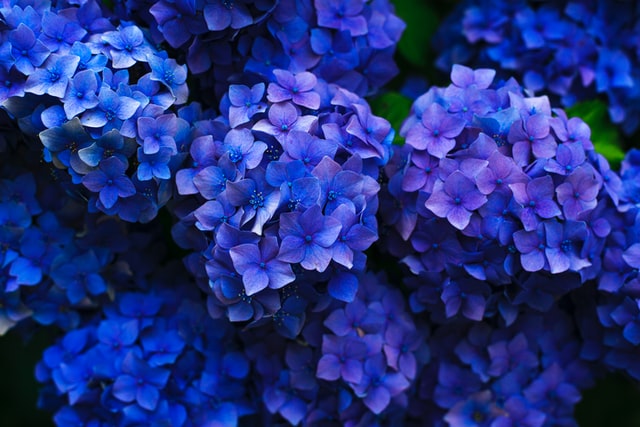
When you decide to become the proud parent of a rabbit, yet you also have some Hydrangea bushes, you will need to speak to a well-knowledged veterinarian in your area. This is because some vets believe that any part of the Hydrangea is dangerous, and others think it is the leaves, some believe it is just the woody part.
I highly recommend doing your own research and speaking to a Veterinarian you trust. As stated, rabbits will gnaw on the woody stem portions, that is normal. The leaves and flowers could be quite hazardous to your rabbit.
Based on a rabbit’s instinct, they know which plants are safe and which ones they need to avoid. Again, there do come some tough years where food is hard to come by for rabbits and animals. Those tough years will make even the wrong type of plant look tasty and tempting to your rabbit.
That is why feeding your rabbit a proper diet of the suggested Timothy hay, acceptable vegetables and little fruit will be enough to keep your rabbit safe.
Rabbit Behavior
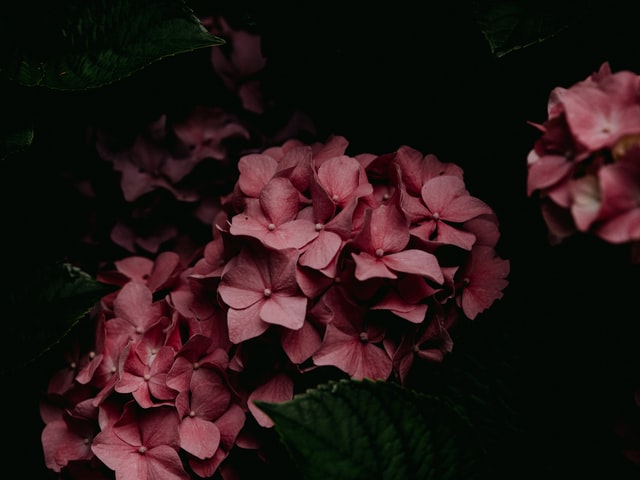
We know from experience that a rabbit will eat many vegetables such as beet greens, broccoli, beans, lettuce, carrots and peas. We also know that they eat many spring flowers including Tulip shoots. Rabbits will also cause a lot of damage to any plant with a woody stem, bulbs, or leaves and also a great deal of damage to the bark.
Once Eaten
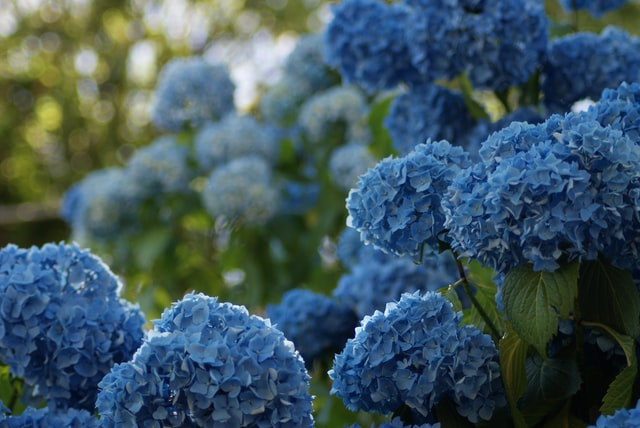
When a rabbit does manage to get to a hydrangea, there is a checklist to follow. These are some actions you could take each time you visit with your rabbit, to at least keep an eye on them. This will give you signs of sickness in your rabbit, allowing you to follow through on all steps to determine if you should make an emergency trip to the veterinarian.
Since a rabbit is likely to nibble on plants and greens that they should not consume, watch for these signs.
- Realize that your rabbit is sick. This is crucial since you may not have seen them with the dangerous plant. This could be hours before you realize it, especially if you work and they have eaten while you were gone. You, as a rabbit owner, should be spending enough time with your rabbit to know or realize they are not acting like their normal self.
- You need to determine what it was that your rabbit ate. It is unlikely that your bunny consumed the whole plant. By investigating the plants in the area, you should be able to determine which plant it was. It is also possible that it may be an artificial object, like a fake plant. This would definitely be enough to cause discomfort.
- You may need to guess how much of the plant your rabbit ate. Sometimes, if it is only a small amount there may be no issue. Other times, the rabbit may have eaten enough that this could become a fatal issue. Do your best to determine which plant, and how much the rabbit ate.
- Have the health records handy at all times. This is due to the fact that the actual type of bunny may mean more issues based on their anatomy. Their weight will also be of importance.
- Immediately upon determining that your rabbit is not feeling well, be sure to have fresh water available so the rabbit stays hydrated. Also, ensure there are soft foods available. More than likely, your rabbit will not want to eat or drink so this could all be a challenge for you. Soft food such as applesauce will help them stay hydrated and the food rich in fibre will help eliminate the toxin from their little body.
- Speak with the veterinarian so he knows that you are on your way in. He or she may also help you to determine what was eaten, what to do and if it is necessary to bring your rabbit in. It is the best idea to just take the rabbit to the veterinarian immediately. They will have a good chance of determining what it was that was eaten and how much. Plus, if there is an anecdote, the veterinarian will be able to supply it immediately.
Conclusion
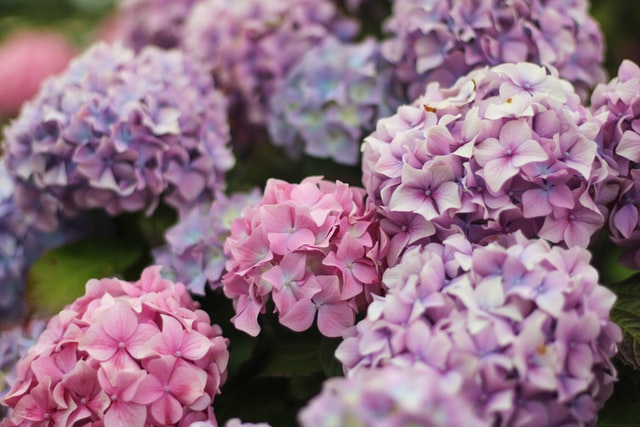
All in all, when you decide to adopt or purchase a rabbit as a pet, be sure that you have the time to spend with the rabbit. Before allowing the rabbit to roam free, eliminate all the dangerous plants or put up guards around them so your rabbit is unable to get to the plant.


